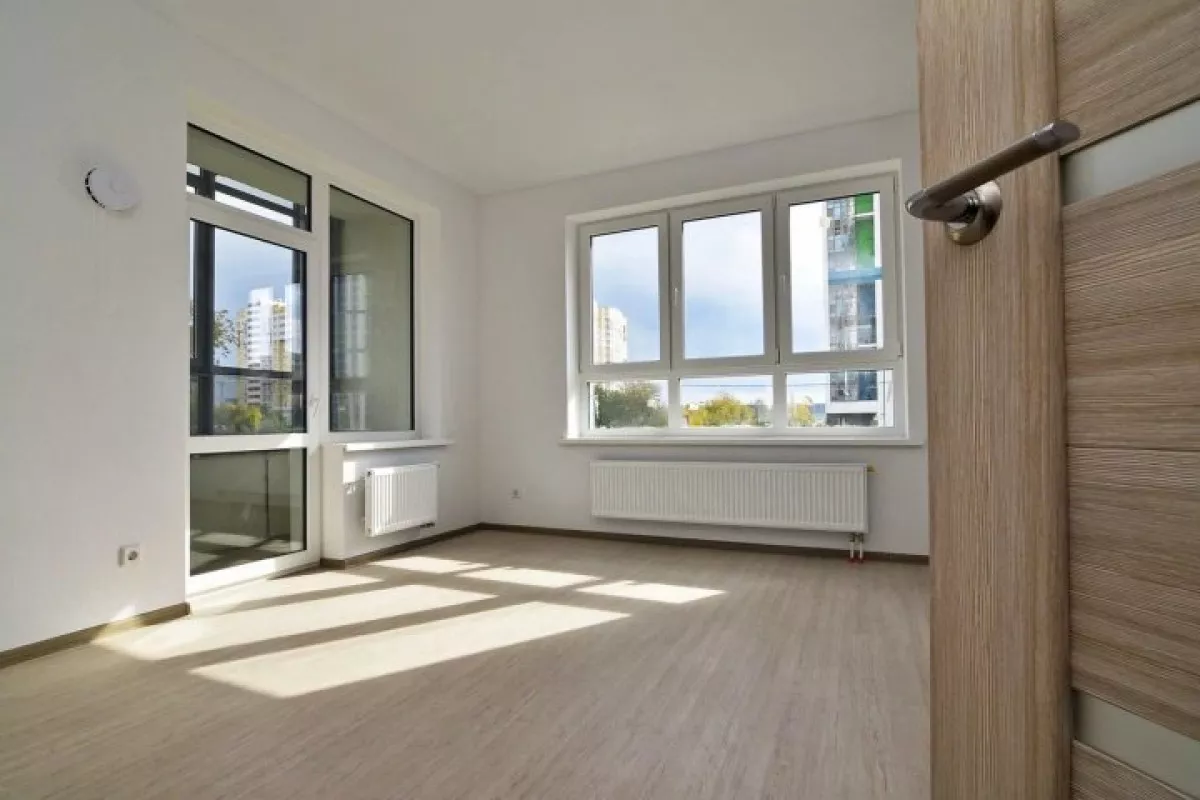The environmental risk is increasing in new apartments

In large cities of Uzbekistan, particularly in Tashkent and Samarkand, as housing construction is developing rapidly, the issues of not only architectural beauty and comfort of new apartments but also their ecological safety are becoming increasingly important. This was reported by Upl.uz.
International scientific research results show a direct link between the quality of the environment inside modern buildings and the health of the inhabitants. The main problem is the chemical emissions from construction materials and the disruption of the microclimate.
The greatest source of risk is volatile organic compounds (VOCs). This group includes substances such as formaldehyde, benzene, toluene, and xylene, which are released into the air from various sources in new apartments.
Among these are paint coatings, particleboard (DSP) and medium-density fiberboard (MDF) panels, materials used in furniture production, vinyl wallpapers, laminate and linoleum floors, as well as various adhesives and sealants. The degassing process of these materials can take several months or even years, which continuously maintains the level of harmful substances.
The impact of VOCs on the human body is systemic, damaging the mucous membranes of the eyes and respiratory tract. This condition manifests with symptoms such as dry throat, dry cough, and nasal congestion.
Long-term exposure leads to weakened immunity, resulting in reduced protection against respiratory viruses and bacteria. Specialists refer to such conditions as "sick building syndrome," where individuals experience headaches, chronic fatigue, and exacerbated allergic reactions.
Some substances, such as formaldehyde and benzene, have carcinogenic properties and can accumulate in the body. The issue of residual moisture in new constructions further complicates the situation.
When concrete and lime mixtures used in construction are delivered before they are fully cured, they continuously emit moisture vapor. Combined with poor ventilation, this condition creates a favorable environment for the development of mold fungi such as Aspergillus and Penicillium.
Their spores are strong allergens and can trigger bronchial asthma and other respiratory diseases. In particular, mycotoxins—toxic waste from mold—pose a significant health risk.
Modern technologies aimed at increasing energy efficiency can also exacerbate the problem. Plastic windows retain heat well and reduce external noise, but they almost completely halt natural air exchange.
In the absence of a ventilation system, air accumulates in the apartment, increasing levels of VOCs, mold spores, and carbon dioxide. As a result, the pursuit of comfort creates a harmful ecological environment.
Experts recommend implementing comprehensive measures to reduce risks. This includes ventilating rooms several times a day for 10-15 minutes, as well as installing air valves in wall or window frames.
Moisture should be monitored, as using decorative screens for radiators disrupts air circulation and increases humidity. It is important to choose low-emission materials with ecological certification during repairs and furniture selection.
Additionally, it is recommended to continuously monitor the levels of CO2, formaldehyde, and volatile organic compounds using specialized equipment to measure indoor air quality. Creating a healthy environment in new housing complexes should be a collaborative effort among builders, regulatory bodies, and homeowners.
Investing in high-quality ventilation systems and eco-friendly materials is crucial for health and longevity. NASA's "Clean Air Study" conducted in the 1980s showed that houseplants such as spathiphyllum, sansevieria, and chlorophytum can absorb harmful organic compounds from the air, including benzene, formaldehyde, and trichloroethylene

